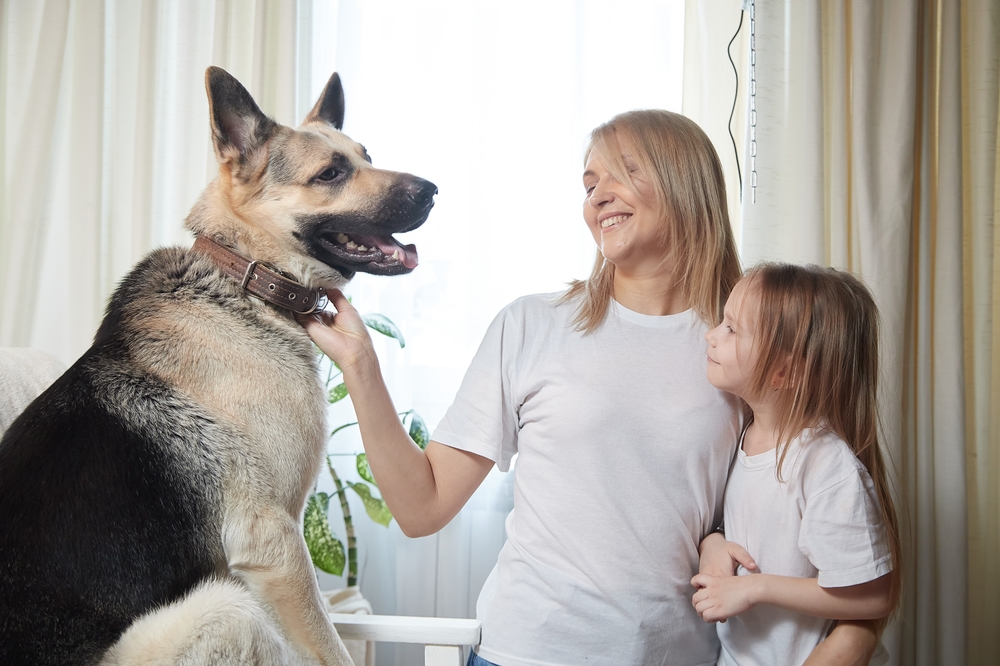Some dogs are born sweet while others need a little extra encouragement to get there, but all dogs require training. The only way to ensure that your dog behaves in all situations is training. Whether or not there are little ones in your life, you should train your dog how to behave around children. This encourages the safest outcomes in every encounter. Use this guide to train your dog how to behave around children. It is equally important to teach children how to behave around dogs.
Teach Basic Commands
Basic commands get dogs ready to be in a variety of environments. Teaching verbal cues like “sit,” “leave it,” and “down” is essential before bringing your dog into a new situation. Before you introduce your dog to any children, be sure they have mastered these basic commands. This gives you more control in case the dog reacts unexpectedly when meeting a young one. Pay extra attention if your dog has a tendency to jump up on people. While it might be cute and harmless to an adult, it could be a dangerous behavior around a child.
Do not expect your dog to tolerate inappropriate behavior from children. Tail pulling, ear pulling, screaming, sitting on dogs might seem cute for social media, but it is a recipe for disaster and is an unreasonable expectation for dogs to tolerate this behavior.
Reward desirable behavior and interactions with children with treats, toys and praise. Do not punish undesirable behavior. Know the signs of stress or overstimulation before exposing your dog to a situation that may make them uncomfortable.
Get to Socializing
Socializing your dog is an important foundation for practically any kind of training—especially any that involves being around people. If you are working with a puppy (under 16 weeks), be sure to introduce him to plenty of people. Walk him in the park where he is likely to encounter kids of different ages. Let your pup to socialize with kids you know. Just make sure the children know how to safely interact with dogs. Adult dogs can also benefit from socializing with kids, but they might need you to move a little slower. Start by taking them places where kids might be, like going for a walk near a school during recess without actually interacting.
Get Your Dog Used to (Appropriate) Touching
Children have a hard time hiding their excitement—especially around a cute dog. There is a very good chance that a child might touch your dog more than he is used to. Prepare your pup for this scenario by spending some time touching his face, his tail, and his paws. Be gentle with your touches and use treats to show him that he can make a positive association with touches.
Have an Escape Crate or Safe Location
Crate training your dog gives him a place that is just his own. Once your dog feels comfortable with the crate, he knows he can always go inside if he’s feeling uncomfortable. Children can be exhausting, and sometimes even really well-behaved dogs need a little bit of a break from their high energy. Before you have your dog around children for long periods of time, make sure he has been properly crate trained.
Respect Your Dog’s Feelings
Some dogs will never feel comfortable around kids even with a lot of training. It is always important to respect your dog’s feelings as much as possible. Fear can quickly turn into aggression in dogs. While most dogs will eventually get at least a little comfortable around kids, there are some who never will. And that’s okay! Understanding your dog’s wants and needs helps you both live a happy life.
If you need a little bit of help training your dog, Union Lake Pet Services is here for you. Our professional trainers use positive reinforcement to encourage your dog to have the best behavior. Please call (248) 363-6262 to learn more.

